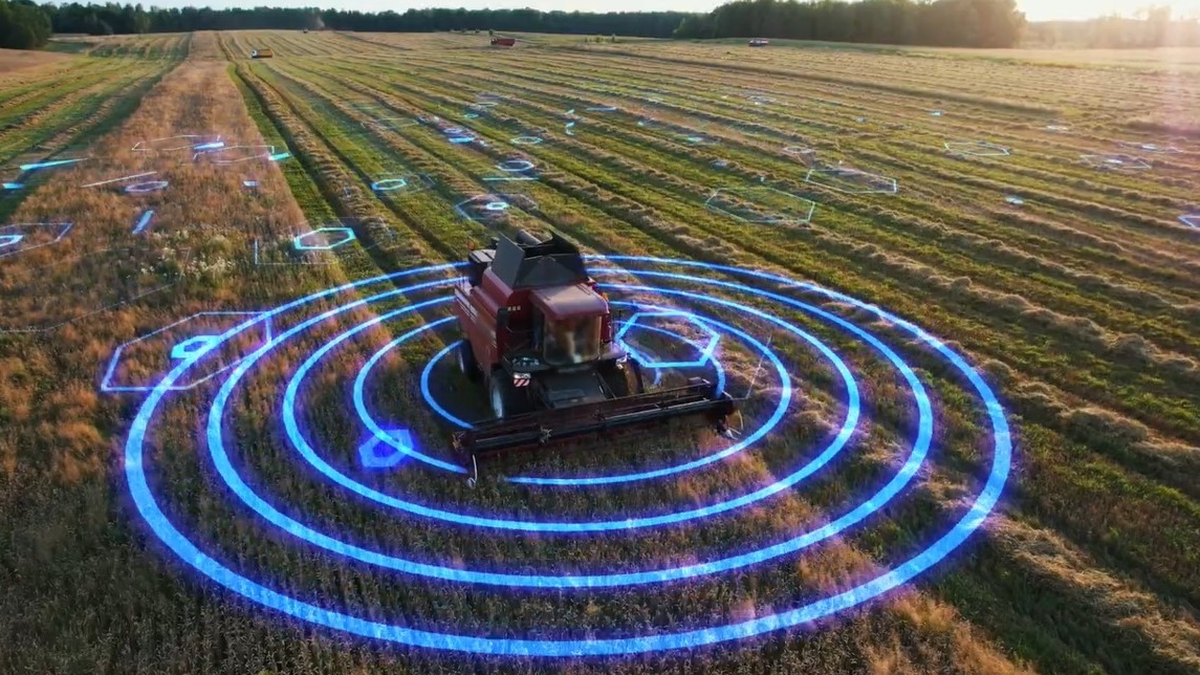When climate prediction is applied to the business world, and to agriculture, we can transform that information into thousands of dollars for a producer.
For years we have lived in the era of immediacy: buying a cell phone or ordering food is done in three clicks, and even getting to our destination quickly with Waze or Google Maps. But What happens when we have that same immediacy in weather prediction?
The content you want to access is exclusive for subscribers.
The general reader might think that it only serves to avoid the typical phrase: “I took the umbrella out for a walk” (because the weather app said it was going to rain). However, When something as seemingly trivial as weather prediction is applied to the business world, and particularly to agriculture, we can transform that information into thousands of dollars for a producer. and, at the country level, in some GDP points.


It is well known that artificial intelligence is making headlines in terms of innovation, and today will be no exception. Microsoft has taken a significant step forward with its Aurora model, capable of predicting global weather and air pollution in less than a minute; which promises to transform the agricultural sector in Argentina and beyond. Aurora not only provides accurate weather predictions, but also anticipates levels of six key pollutants, allowing farmers and ranchers to make informed, timely decisions.
The potential impact of this technology on agricultural and livestock production is immense. With accurate and rapid information, producers can better plan planting, harvesting and farm management, optimizing resources and reducing losses, even in contexts where time is scarce. In addition, Access to this technology is becoming cheaper, making it more accessible to small and medium-sized producers, thereby democratising access to crucial data.
The benefit to the general population is also notable. Early warnings about adverse weather conditions and pollution levels can save lives and prevent illness, providing an additional layer of safety and well-being to rural and urban communities.
For farmers, this tool represents unprecedented empowerment. With high-precision, real-time data, they can optimize planting by choosing the ideal times based on rainfall and temperature predictions.
During the harvest, Aurora could predict adverse weather conditions, ensuring that it is carried out under the best circumstances to avoid losses. Let’s imagine this information linked to telemetric, agronomic and service contracting data: it will allow us to create service ecosystems that increase yield or reduce the risk associated with having a “open-air factory”.
Besides, In livestock management, knowing the air quality and forecasting extreme events helps make decisions that improve the health and well-being of livestock. This innovation in technological services underlines the importance of keeping up with advances in AI and its practical application in the agricultural sector.
In conclusion, Aurora is an early example of the transformative power of artificial intelligence in the agricultural sector. By providing fast and accurate predictions of weather and pollution, this tool not only improves productivity and sustainability, but also empowers producers and protects people’s health. It is an exciting time, but one that also calls us to reflect on its good use and the power that comes from using it.
Adjunct professor at the Department of Biotechnology, Food, Agriculture and Environment at UADE.
Source: Ambito
David William is a talented author who has made a name for himself in the world of writing. He is a professional author who writes on a wide range of topics, from general interest to opinion news. David is currently working as a writer at 24 hours worlds where he brings his unique perspective and in-depth research to his articles, making them both informative and engaging.




